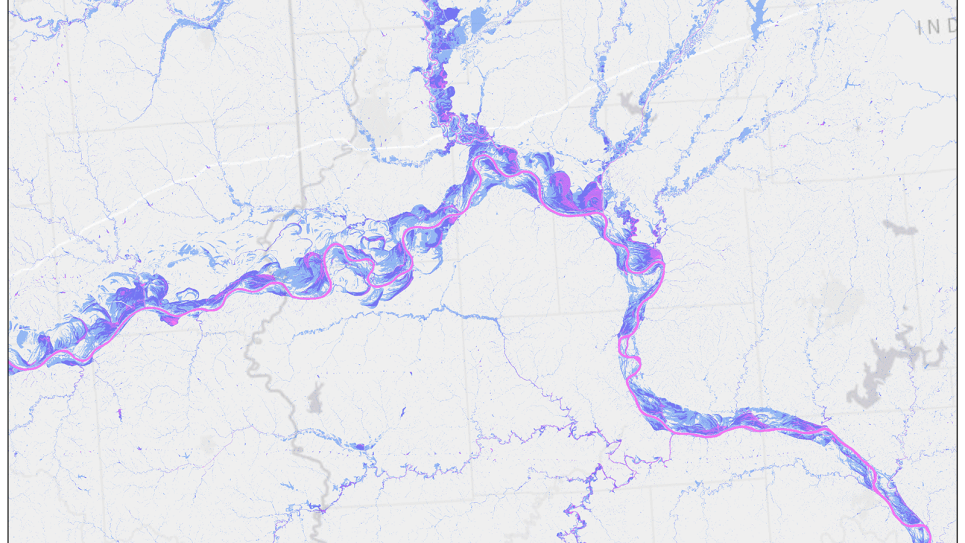Human and economic risks in seismically active regions continue to increase as the number and scale of urban areas, and their dependence on interconnected infrastructure networks, continue to grow. Characterization of seismic hazards across a wide spectrum of forecasting and response times is the foundation on which most seismic risk-reduction strategies are developed.
The Southern California Earthquake Center (SCEC) conducts and coordinates fundamental and applied research on earthquake processes using southern California as its main natural laboratory. SCEC will use computing resources to advance and improve the accuracy of earthquake simulations as a means to better understand seismic hazard and assess seismic risk.
SCEC will pursue a two-year earthquake system science research program that will improve 3D earth models used in ground motion simulations, improve physics-based earthquake rupture and wave propagation models, and reduce uncertainties in broad-impact ensemble-based physics-based probabilistic seismic hazard analysis (PSHA) calculations called CyberShake. Their research activities will lead to more accurate physics-based scenario ground motion simulations and improved physics-based PSHA by adding new physical elements and enhancing existing features. The proposed code development will reduce the time-to-completion of key PSHA applications, allowing in-depth analysis of the factors controlling seismic hazards. The proposed research is expected to improve broad impact seismic hazard information products including seismic hazard maps and civil engineering design codes


